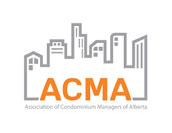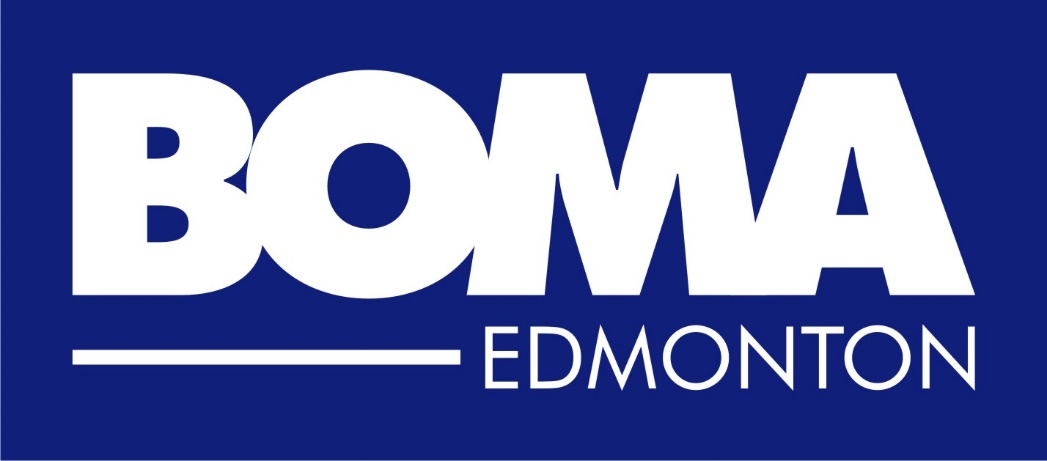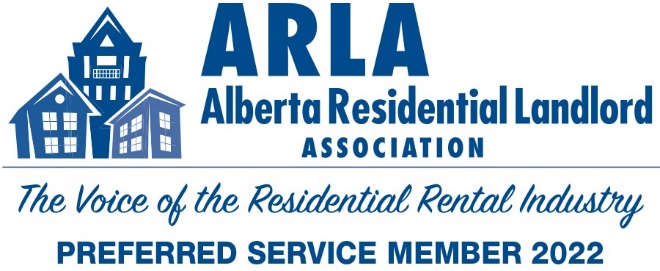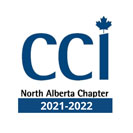Indoor Mold Detection and Inspection Services
Whether you can spot it or not, chances are there is mold in your home. Mold is something that occurs naturally, however the species of mold that is found in your house or business is the real issue. Mold spores migrate through the air and enter buildings through any opening, such as windows, doors and HVAC systems. They can also be brought into a home on pets, clothing and shoes. It is virtually impossible for you to stop mold entering your house. You should be concerned as mold is growing in your home. Having an expert to rely on who will advise on the type of mold present is worth the expense. Add to that an expert who will orchestrate the best way for treatment and carry out the remediation process, and you have Paul Davis. We provide professional home and commercial emergency restorative services for all types of disasters, including mold.Services for Indoor Mold Removal and Abatement
When Paul Davis performs an investigation on your commercial or residential property for mold, you have a licensed professional that is experienced in this area. Detecting and identifying mold is the first step in what can be an arduous project. When it comes to treating mold safely, the prime option is to work with a company which specializes in all aspects relating to the process. Paul Davis provides mold removal and remediation services partnered with basic mold testing. Mold causes damage to your home on top of major health problems for your family. Unlike most allergens, mold does negatively affect the health of any person whether they have allergies or not. Mold spreads through any surface it's found in, meaning the longer it remains without treatment in your house, the worse its effects are. Paul Davis can correctly identify the kinds of mold growing in your residence and effectively handle treating it.Kinds of Mold
There are 3 basic species of mold:- Allergenic: Which produce and cause allergic reactions.
- Pathogenic: Molds that cause health problems in people which suffer with acute illnesses.
- Toxigenic: These molds produce toxic substances.
- Penicillium - A mold that most commonly thrives on wallpaper, wallpaper glue, decaying fabrics, carpets and fiberglass insulation. Penicillium causes hay-fever type reactions and induces asthma attacks.
- Aspergillus - This is a warm environment mold that grows both indoors and outdoors. Aspergillus can be found in areas that are excessively damp with extensive water damage, as well as organic matter that is breaking down. It can also found in dust and produces mycotoxins.
- Alternaria - Alternaria is commonly located in textiles, dust, carpet, showers, soil and window frames. This large spore mold deposits in soft tissue, like the nose, mouth and respiratory tract.
- Cladosporium - Cladosporium is the most commonly identified outdoor fungi that enters homes. It thrives in porous, overtly moist environments such as wood and textiles. Both the indoor and outdoor strains cause asthma attacks and induces hay-fever like reactions.
- Stachybotrys - Being a less rampant household mold is good, as it's among the more horrible. Stachybotrys needs excessive moisture to thrive, and causes breathing problems, flu-like symptoms, hearing and memory loss, and bleeding in the lungs.
- Acremonium - This toxic mold thrives in areas of condensation such as cooling coils, humidifiers, drain pans, and window sealants. It's a powdery mold that thrives in an array of colors like pink, white, grey or orange.
- Aureobasidium - This species of mold is most often discovered growing behind wallpaper and painted wood surfaces. It begins light brown or pink in color then deepens to dark brown-black as it ages. This is a highly responsive allergic mold, causing eye infections and skin rashes.
- Chaetomium - Chaetomium can be located in residences after flooding or leaking and in chronically wet conditions. It has a dank odor, cotton like texture and changes colors from white to brown or grey over time. Chaetomium is also known to produce mycotoxins that affect the immune system and cause nail and skin infections.
- Cladosporium - This unique mold thrives in both cold and warm environments and migrates rapidly on upholstery, fabrics, carpets and under floorboards. It has a strong reaction with wet tissues like the eyes, nose, mouth and throat.
- Fusarium - Capable of growing and spreading in colder temperatures, this mold is pink or coral in color and is most commonly located in soft goods. A reddish variety is found in organic products like food and house plants, and both kinds can move rapidly through a home. Symptoms start out as skin infections, sore throat and runny eyes then progresses to brain abscesses and bone infections.
- Trichoderma - This is a highly allergic mold with 5 subspecies. This rapid growth mold has a wool like texture and is mostly green and white. It grows in moist and consistently damp areas like HVAC systems, fabric and wood. Along with health symptoms associated with other mycotoxins, this mold also destroys the surfaces it inhabits, causing decay and structures to crumble.
- Ulocladium - This mold is nearly always located in bathrooms and kitchens. It is one of the black molds and contributes to respiratory illnesses and asthma.




